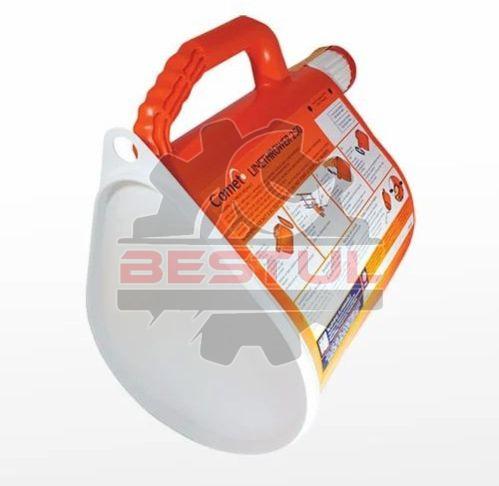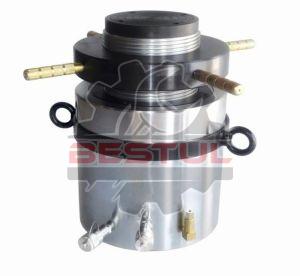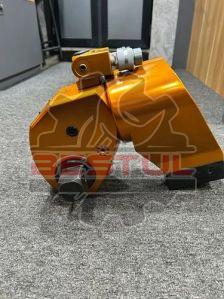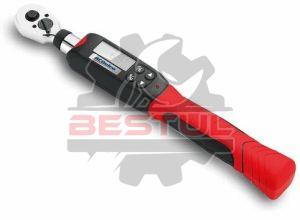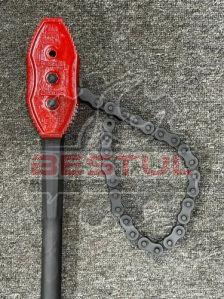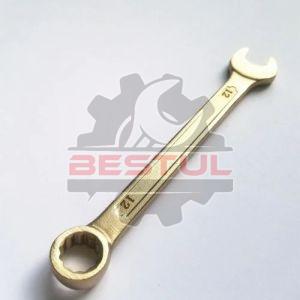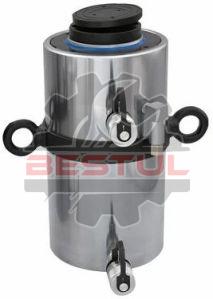sales@besthardware.in - GST NO. : 27AECPT4419C1ZN
| Business Type | Exporter, Supplier |
| Brand Name | Comet |
| Gross Weight | 4.7kg (10.36 lb.) |
| Net Weight | 4.4 kg (9.7 lb.) |
| Click to view more | |
Preferred Buyer From
| Location | Worldwide |
Product Details
Marine Distress Signals
Marine distress signals are critical for ensuring safety at sea. Here are some common types:
-
Visual Signals:
- Flares: Red or orange flares are commonly used and can be seen from long distances.
- Smoke Signals: These are effective during the day to indicate distress.
- Reflective Devices: Mirrors or reflective tape can signal for help using sunlight.
-
Audible Signals:
- Sound Signals: A whistle, horn, or other sound-producing device can alert nearby vessels.
-
Electronic Signals:
- EPIRB (Emergency Position Indicating Radio Beacon): Automatically transmits distress signals to satellites.
- VHF Radio: Sending a mayday call on channel 16.
Linethrower 250
If you're specifically referring to the Linethrower 250, it’s a device used to deploy a line over a distance, which can be critical in rescue scenarios. It may not be a distress signal in itself, but it can be an invaluable tool in conjunction with other signals.
Important Tips
- Always have distress signaling equipment onboard and ensure it's in good working condition.
- Familiarize yourself with local regulations and best practices for signaling distress.
- Practice using the equipment to be prepared in an emergency.
Visual Distress Signals
-
Flares:
- Types: Handheld flares (burn for about 60 seconds) and aerial flares (shot into the sky).
- Usage: Fire flares at the first sign of distress or when you see a vessel or aircraft that may assist you.
-
Smoke Signals:
- Usage: Ideal during the day. The bright colored smoke can be seen from afar.
- Duration: Generally burn for about 30 seconds to a minute.
-
Day/Night Signal:
- Orange Flag: A flag with a black square and circle is recognized as a distress signal.
- Reflectors: Use during the day to catch light and attract attention.
2. Audible Distress Signals
- Sound Devices:
- Whistle or Horn: Three short blasts indicate distress.
- Bell or Other Sounds: Can be used in conjunction with visual signals to indicate a situation needing assistance.
3. Electronic Distress Signals
-
EPIRB:
- Function: Automatically activates when submerged and sends a distress signal with your location.
- Registration: Must be registered with appropriate authorities to provide effective rescue.
-
VHF Radio:
- Channel 16: Use for emergency communications; make sure to transmit your position and nature of distress.
- Mayday Call: The standard distress call; repeat three times for clarity.
Linethrower 250Purpose and Functionality
- Design: A compact, portable device designed to shoot a line (rope) over a distance.
- Usage:
- Used in rescue situations to throw a line to a person in the water or to another vessel.
- Enables the retrieval of individuals safely without the need for direct contact.
Benefits
- Safety: Reduces the risk to rescuers by allowing them to keep a safe distance while securing a line.
- Efficiency: Helps facilitate quick and effective rescues, particularly in rough seas or when a direct approach isn’t feasible.

